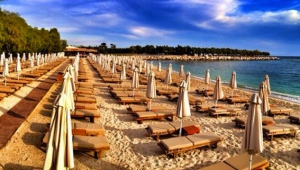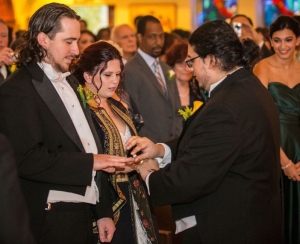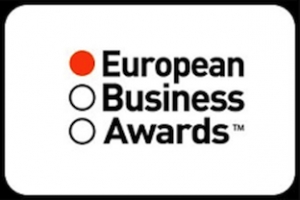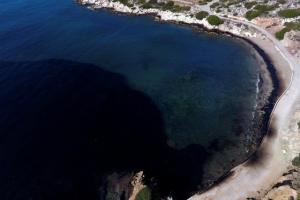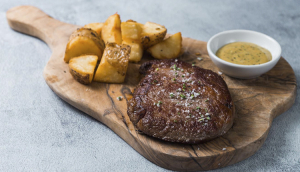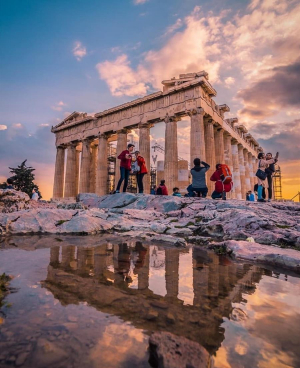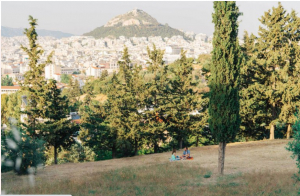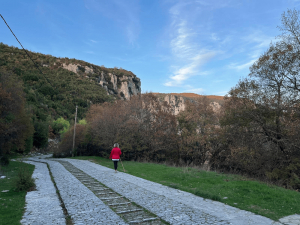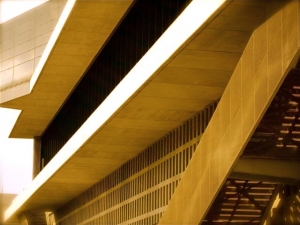BUSINESS CENTRE
XpatAthens
Staycation In Athens
The Greek Gateway Guide To Grenglish
Remarkable Story Of One Bride's Wish To Honor 5 Generations Of Greek Women With Century-Old Wedding Coat
Greek Businesses Among Europe’s Best
To read this article in full, please visit: Greek News Agenda.
Oil Spill Spreads Across Athens Riviera
This truly unfortunate event is an environmental disaster.
If you have information about volunteer actions taking place, please share the updates on our Facebook page HERE!
For additional information about the spill, our friends at Athens Coast have an informative article HERE!
Sources: AMNA.gr & Reuters
Image Credit: gmnanetwork.com
Where To Enjoy A Delicious Meal In Athens Without Breaking The Bank
Address: 30-32 Perikleous, Athens
Telephone: 210 3216149
Price Point: $
Dress Code: Casual
Run by a collective of twelve people, The Holy Goat (Το Θείο Τραγί) identifies itself as a punk bistro, where music and food are a ritual. It combines a bucolic yet elegant atmosphere with a touch of Brooklyn punk and serves creative Mediterranean cuisine, prepared by imaginative cooks. The space is designed for demanding foodies, and people who enjoy unique tastes, eclectic music, and good wine!
Taqueria Maya
Tacos, burritos, quesadillas, Cuban sandwiches, juices, and margaritas, that’s what Taqueria Maya is all about. Authentic ingredients, non-GMO maize flour, and high-quality vegetables and legumes are used for the preparation of the dishes, which are all made on the spot. A tiny place packed with flavor and Latin vibes!
September 24 - A Season Of Change
The Perfect Date Night In Athens
We're sure these suggestions will impress, surprise and charm your date or significant other!
The Cultured Couple
Are you the duo that gets fired up by art? Stroll around the stunning Acropolis Museum, looking for representations of Eros and Aphrodite as you wander among the statues in its glass-walled halls. The museum stays open until midnight on Fridays, with live jazz in the sleek modern Greek restaurant. Head up Rovertou Galli Street for dinner at Attikos Greek House, a rooftop restaurant with the Parthenon so close you can almost touch it. The roof garden is smaller and more intimate at Athens Was hotel nearby, but the menu is more sophisticated. The view from the Odeon of Herodes Atticus, a Roman amphitheatre built into the slopes of the Acropolis, is even more dazzling. Just have dinner first; the show doesn’t begin until after sunset.
The Daylight Romantics
Got an early flight or ferry to catch? The glittering Athens Riviera will get your heartbeat racing any time of the day or year. If you want to impress your date, book a sunbed and a massage at Astir Beach—in Athens, it’s warm enough to sunbathe and even swim for at least six months of the year. (Adjacent Vouliagmeni bay is more budget-friendly). For a seaside lunch, head to Lambros for some grilled fish, thinly sliced octopus, and saganaki (fried cheese) or Blue Fish for seafood served on a deck suspended above the sea. Then head over to Krabo, a boho beach bar on secluded Zoska bay (next to Kavouri), to watch the sunset with an Aperol spritz with a twist of lime and watermelon.
The Nature Lovers
You won’t find a more electrifying backdrop for a date than the Acropolis. Pack a blanket (or a couple of yoga mats), pick up some Greek cheese, charcuterie and dried fruits (or some takeaway from Ellinika Kaloudia or Pantopolion in Koukaki) and head up to Pnyx for a picnic with Parthenon views. This is where the ancient Athenian assembly met to debate the issues of the day. The entire hill is an archaeological site, but it’s rarely crowded—the perfect spot for practicing yoga or tai chi (outdoor classes are often held here). As dusk falls, wander down to the Athens Observatory, on the adjacent hill of the nymphs: it’s time for some stargazing.
The LGBT + Vibe
You won’t find a more electrifying backdrop for a date than the Acropolis. Pack a blanket (or a couple of yoga mats), pick up some Greek cheese, charcuterie and dried fruits (or some takeaway from Ellinika Kaloudia or Pantopolion in Koukaki) and head up to Pnyx for a picnic with Parthenon views. This is where the ancient Athenian assembly met to debate the issues of the day. The entire hill is an archaeological site, but it’s rarely crowded—the perfect spot for practicing yoga or tai chi (outdoor classes are often held here). As dusk falls, wander down to the Athens Observatory, on the adjacent hill of the nymphs: it’s time for some stargazing.
This content was originally published on This is Athens
Photo Credit: Thomas Gravanis
Whether you’ve just arrived in town – or have been here for years – Athens always has new secrets to share! This is Athens is the official guide to this captivating city of ancient energies and booming urban culture. Compiled by a team of specialist local writers, This is Athens brings you an authentic and intimate portrait of a living Athens beyond the guidebooks – along with daily curated listings of all the best events and great weekend inspiration all-year round. From must-know neighbourhoods and emerging art hubs, to gourmet hotspots, cool shopping and the buzziest bars, This is Athens will help you to get the most out of living in Athens!
Thank you This is Athens for your contribution as an XpatAthens Partner.
Create Your Pathway: Move Into What’s Next!
Is This For You?
-
Feeling stuck or low on energy?
-
Sitting with an idea but don’t know where to begin?
-
Craving a shift—even if you’re not sure what it looks like yet?
-
Longing to connect with other open, curious, creative people?
This is your space to slow down, tune in, and rediscover your spark.
-
Move mindfully, both indoors or outdoors
-
Explore your inner landscape
-
Share and connect in a confidential, supportive setting
-
Use imagination and embodied practices to gain clarity
-
Take grounded steps toward the life you want to create
Event Info
Where: Imagine Heritage — 28 Didotou St., Athens
Cost: 199€ for all 4 sessions
Visit Organizer's Website Here
Note: To keep the experience personal and meaningful, spots are limited to 12 participants. We also recognize that finances differ. If the program speaks to you but cost is a barrier, we offer one sponsored spot at a reduced fee of 100€.
Connect with the organizer HERE!
My Week in Athens… March 15
..was a quiet one – consumed with work and running around for this or that… paying bills and wondering why they seem higher than normal… I almost believe that spring is around the corner. The sun appears more and more and the sky is a deeper blue. I must say that I felt a hint of something positive – from “Give Greece a Chance” printed all over the newspapers of Europe, to a charity run last weekend, to one or two optimistic reports on Greece amidst the usual doom & gloom.
And then I found Furin Kazan. I say ‘found’, but obviously so had the other seven people waiting in line for the jam-packed Syntagma restaurant. It’s small, it’s busy, it’s buzzing. It’s a no-fuss, casual Japanese/sushi restaurant – and apparently has been there for 35yrs. My friend thought ahead and reserved a table. Wait-staff is a mix of Greek and expat, speaking several languages. They move fast, scanning tables for signs of hunger. The space itself is very ‘sushi international’ – could be any small sushi restaurant in any city – nothing fancy, basic and clean. But the place is jumping – tables are packed, the sounds of voices fills the air, the line-up outside doesn’t subside. The menu is familiar, and my sushi is good. Everything is on fast-forward. And for 90 minutes, I’m not in Athens, but rather in that global-neutral zone known as the sushi restaurant, and it feels good. I wonder if their delivery service has the same effect…
Furin Kazan
Appollonos 2 (below Syntagma Square)
210-322-9170
www.furin-kazan.com
See you next week,
Jack
In this weekly space, keep up with ‘Jack’ as he navigates daily life in Athens… Anecdotes, stories, hits & misses, the good, the bad and, well, the rest…


